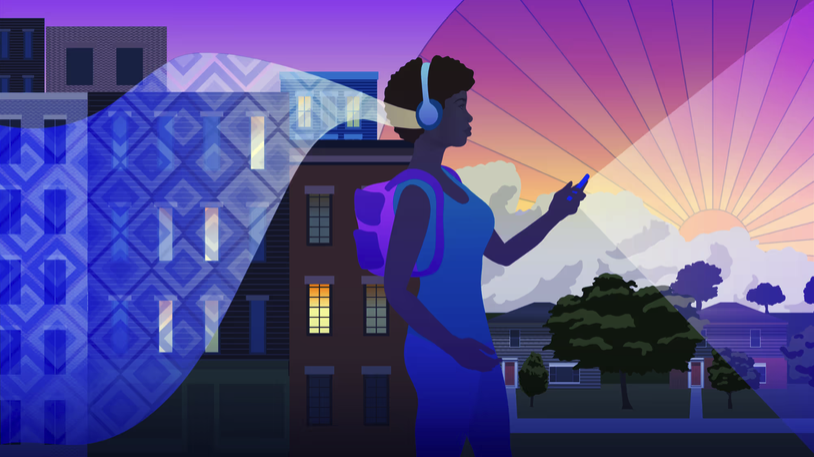
The health inequities documented in this project have their roots in a long history of medical racism. The AP has collected a small sample of that history related to every phase of life.
BIRTH: GYNECOLOGY
Sims’ belief that Black people could endure more pain than white people is considered a form of racism and still present in the field of medicine. From medical school students of various racial and ethnic backgrounds to primary care providers of small and large practices, this bias has adversely impacted the health outcomes of Black Americans. It’s also a source of Black American skepticism of modern medicine.
CHILDHOOD: BEHAVIORAL TREATMENT
Dr. Orlando J. Andy’s work at the University of Mississippi Medical School in the 1960s is one example. The neurosurgeon testified that he performed 30 to 40 lobotomies and other brain operations on Black children and other people with behavioral problems who had been institutionalized. Although Andy said his operations were a last resort for patients who lived with uncontrolled destructive hyperactivity, the procedure was performed on institutionalized Black boys as young as 6. Some patients lived the rest of their lives with deteriorated intellectual capacity.
TEEN YEARS: ADULTIFICATION
Research shows these attitudes still drive disparities in outcomes for Black children and teens. A Yale study found Black children are 1.8 times more likely to be physically restrained in a hospital emergency room than white kids, a gap that may be driven by hospital staff’s view of Black children. Georgetown researchers have found that adultification of Black girls is linked to them being treated more harshly in school.
ADULTHOOD: STUDYING BLACK BODIES
Dr. Eugene Saenger, one of the chief researchers, said the study was meant to find experimental treatments for patients with inoperable cancer to see if he could stop the growth of tumors. But the patients and their families said they were not fully informed of the risks or asked to sign consent forms. They also weren’t told of the Defense Department’s involvement or that the results would be used to learn what might happen to troops exposed to radiation. A federal court ruling noted the patients were told they were receiving radiation for their cancer. The families’ attorneys said many of the patients died after the radiation or experienced shortened life expectancies. A judge approved a $5.4 million settlement for the families.
DEATH: STEALING BLACK BODIES
Harriet Washington, author of the book “Medical Apartheid,” noted that Black graveyards were regularly targeted – including by Dr. John D. Goodman, who in 1829 wrote that he paid the manager of a public graveyard “for the privilege of ‘emptying the pits’ of about 50 to 85 cadavers a month during each ‘dissection season.’” Bodies were typically exhumed during the cooler months to align with the academic year. Washington wrote that historian Todd Savitt said Black people were well aware of the grave robbery that occurred, as evidenced by one elderly, enslaved Virginia woman who once said: “Please God, I hope when I die, it’ll be the summertime.”
DIGITAL PRESENTATION CREDITS
Producers: Samantha Shotzbarger, Josh Housing
Data Analysis: Angeliki Kastanis
Text Editing: Anna Jo Bratton, Andale Gross
Illustrations: Peter Hamlin
Design and Development: Linda Gorman, Kati Perry and Eunice Esomonu
Audience Coordination and Production: Ed Medeles, Elise Ryan, Almaz Abedje and Sophie Rosenbaum
Creative Development: Raghuram Vadarevu
Project Management: Andale Gross
Project Vision and Development: Kat Stafford
Stafford, based in Detroit, is a national investigative race writer for the AP’s Race and Ethnicity team. She was a 2022 Knight-Wallace Reporting Fellow at the University of Michigan.
